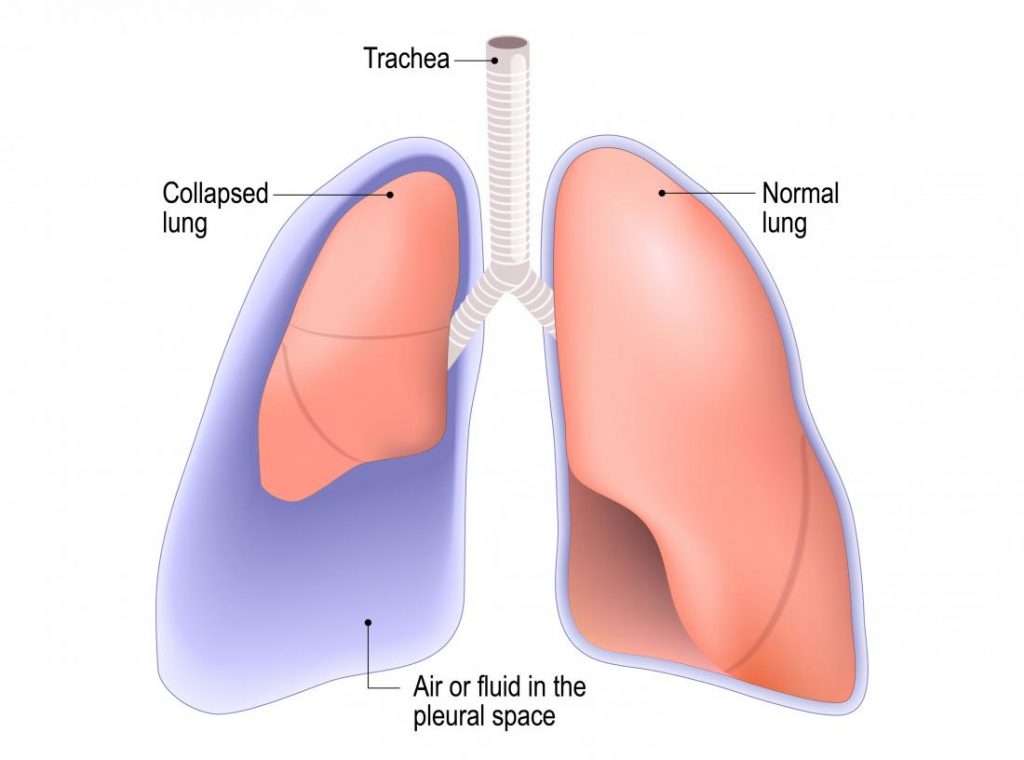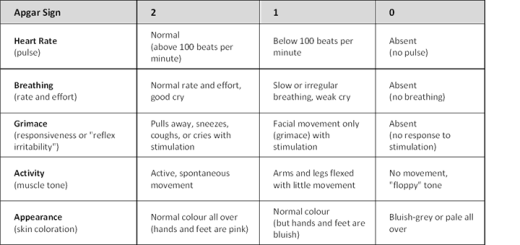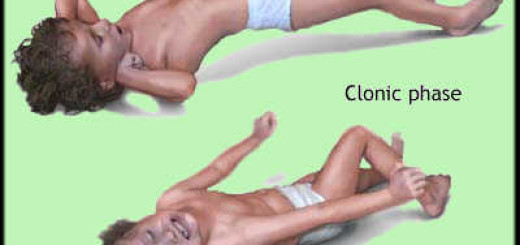What is a Spontaneous Pneumothorax?
A pneumothorax occurs when air is in the chest cavity (thorax) but outside the lung. The resulting changes in pressure can cause the lung to collapse. When people talk about a “collapsed lung”, they are often referring to a pneumothorax. In this first aid blog post, we will discuss spontaneous pneumothoraces and why these are important for first aiders and first responders to be aware of.

Signs and symptoms of a pneumothorax include:
- Chest pain – often sharp and worse on inspiration
- Shortness of breath
- Increased respiratory rate
- Unequal chest movement
- Hypoxia and low oxygen saturations
- Low blood pressure
A spontaneous pneumothorax occurs when a pneumothorax occurs without any history of trauma to the chest or body. There are two main types of spontaneous pneumothorax: primary and secondary. Let’s look at these two types of spontaneous pneumothorax.
Primary Spontaneous Pneumothorax
A primary spontaneous pneumothorax occurs in people with healthy lungs. The typical patient is a tall young man who develops sudden onset chest pain and shortness of breath.
Primary spontaneous pneumothorax is caused by the rupture of an air sac on the surface of the lung. These air sacs are called blebs. The blebs may be present for some time before they rupture, sometimes triggered by a deep breath in or stretching the chest wall.
Although occurring in healthy patients, a primary spontaneous pneumothorax can still be life-threatening. A large pneumothorax can quickly occur causing severe symptoms and the development of a tension pneumothorax.
Secondary Spontaneous Pneumothorax
A secondary spontaneous pneumothorax occurs in patients who have a disease or condition affecting the lung. For example, Asthma or Chronic Obstructive Pulmonary Disease (COPD). The pneumothorax is caused by the underlying disease (this explains the name – the pneumothorax is ‘secondary’ to the lung disease).
Secondary pneumothoraces can be more serious as the patient already has underlying damage to the lung. These pneumothoraces normally require more aggressive medical intervention such as the insertion of a drain into the chest wall to remove the air.





